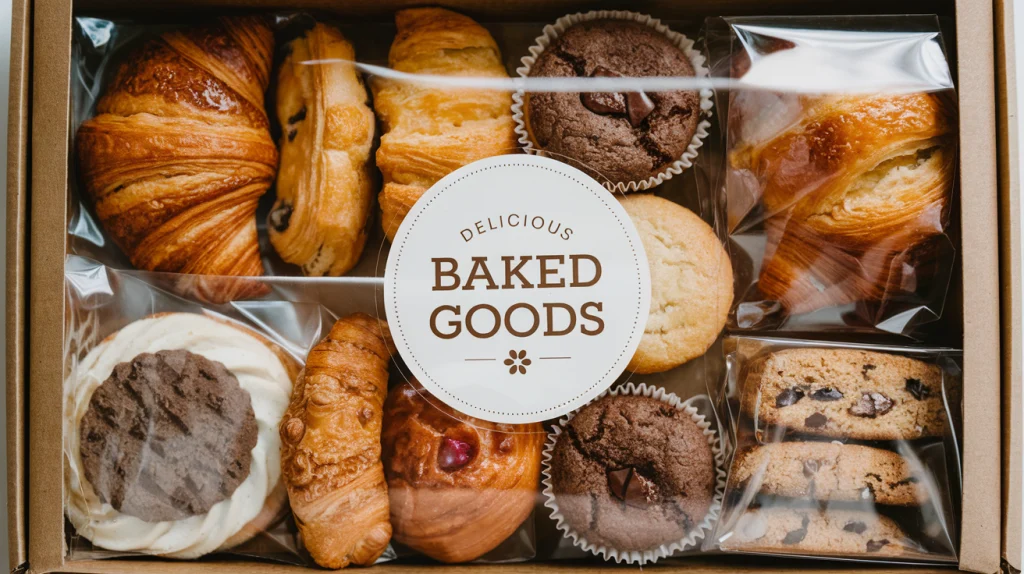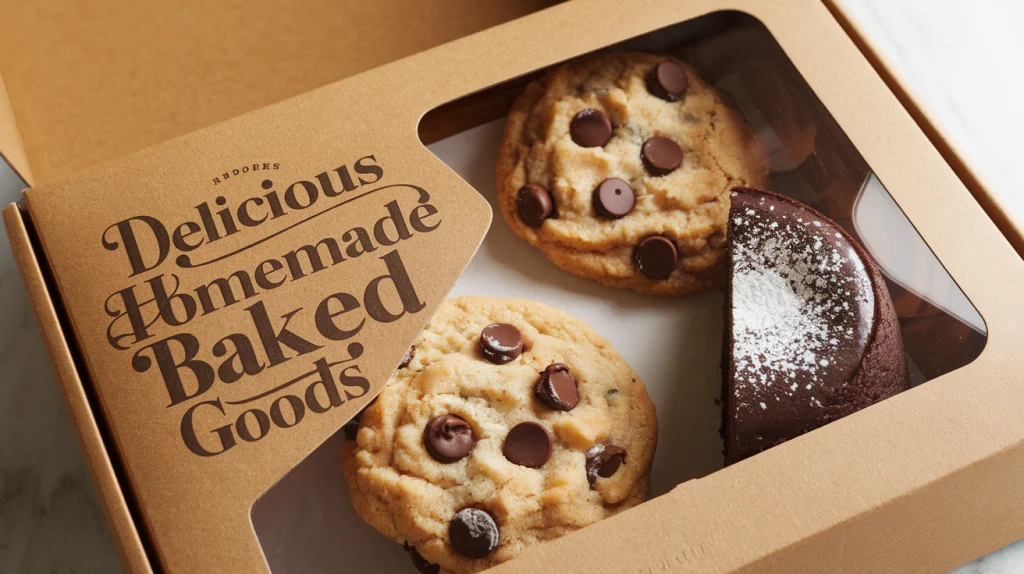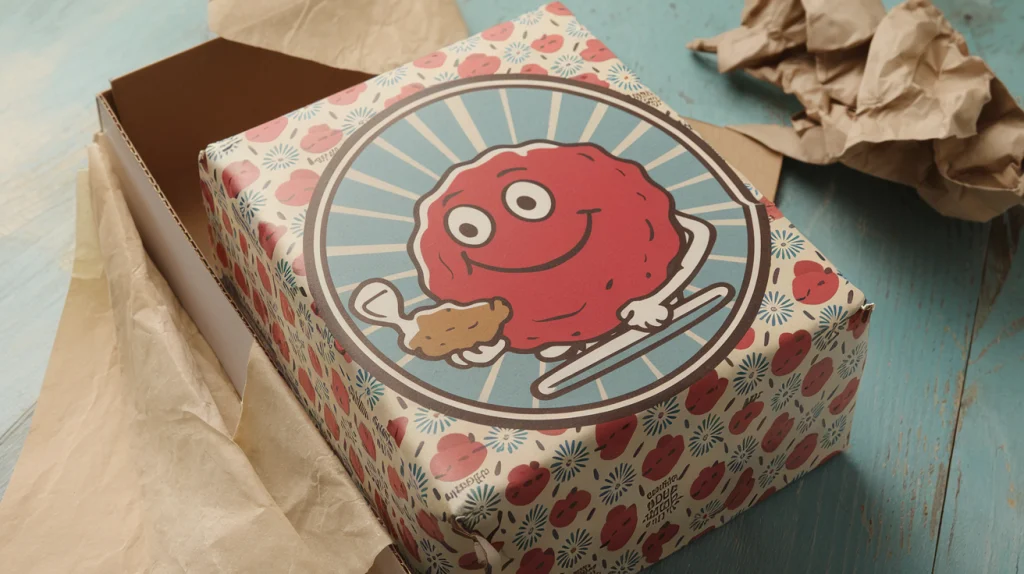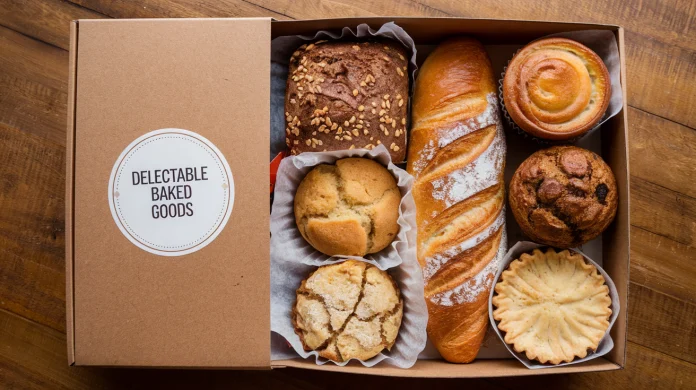Baked goods are loved by everyone, but the challenge is to keep them fresh and presentable. Whether you’re packaging cookies, cakes, or pastries, choosing the right packaging is crucial for maintaining quality, shelf life, and appeal. In this guide, we’ll dive into the world of baked goods packaging, exploring the best materials, methods, and creative ideas to ensure your baked goods remain delicious and attractive.
Understanding the Importance of Proper Packaging for Baked Goods
Why Packaging Matters for Baked Goods
Packaging does more than just protect baked goods from damage; it also plays a significant role in preserving freshness and flavor. The right packaging can prevent moisture loss, protect against contamination, and make your product stand out on the shelf. For home bakers and commercial sellers alike, packaging is a key element of the overall customer experience.
How Packaging Influences Shelf Life
The shelf life of baked goods depends largely on how they are packaged. Air-tight packaging prevents the product from going stale, while breathable materials can help maintain the texture of items like cookies and pastries. Understanding the balance between protection and breathability is essential for optimal shelf life.
Types of Packaging for Baked Goods
Bags for Baked Goods
Bags are a popular choice for packaging baked goods, especially for items like cookies, muffins, and small pastries. They are versatile, cost-effective, and come in a variety of materials.

Paper Bags vs. Plastic Bags
Paper bags are an eco-friendly option that allows for some breathability, which is ideal for certain types of baked goods. On the other hand, plastic bags offer more protection against moisture and contamination, making them suitable for more delicate items.
Containers for Baked Goods
Containers provide a more rigid form of packaging and are perfect for cakes, pies, and other baked goods that require more support.
Glass Containers
Glass containers are an excellent option for maintaining freshness and presenting baked goods in an attractive way. They are reusable, eco-friendly, and provide an airtight seal.
Plastic Containers
Plastic containers are lightweight, durable, and often come with airtight seals, making them a practical choice for many bakers. They are especially useful for commercial settings where durability and cost-efficiency are priorities.

Packaging for Cookies
When it comes to cookies, the right packaging not only preserves freshness but also enhances visual appeal.
Commercial Cookie Packaging Options
For commercial sellers, packaging options like cellophane bags, tins, and boxes with window displays can make cookies more appealing to customers while ensuring they stay fresh.
Choosing the Right Packaging Material
Paper Packaging: Sustainable and Cost-Effective
Paper packaging is a sustainable choice that appeals to eco-conscious consumers. It’s perfect for dry baked goods and provides a rustic, homemade feel.
Plastic Packaging: Durability and Versatility
Plastic packaging, while less eco-friendly, offers superior durability and moisture resistance, making it ideal for longer shelf life and shipping purposes.
Read More: Butcher Paper or Parchment Paper: Choosing the Right Option for Your Business
Best Practices for Packaging Different Types of Baked Goods
How to Preserve Cookies
Cookies, being a popular baked good, require specific packaging methods to keep them fresh.
Methods for Extending Cookie Shelf Life
To extend the shelf life of cookies, consider using airtight containers or vacuum-sealed bags. Adding a slice of bread can also help keep cookies soft by absorbing excess moisture.
How to Wrap Cookies in Plastic Wrap
Plastic wrap is a common and effective way to package cookies, especially for personal gifting or short-term storage.
Types of Plastic Wraps for Baked Goods
Use food-grade plastic wraps that are safe for food contact. Some wraps are designed to withstand heat, making them suitable for oven use.
Creative Packaging Ideas for Baked Goods

Personalized Packaging for Baked Goods
Adding a personal touch, such as custom stickers or ribbons, can make your baked goods packaging more memorable and attractive.
Eco-Friendly Packaging Ideas
Using biodegradable materials, recycled paper, or compostable plastics can appeal to environmentally conscious consumers.
Shelf-Stable Baked Goods and Packaging Solutions
Understanding Shelf Stability for Baked Goods
Shelf-stable baked goods do not require refrigeration and can last for weeks or even months. Proper packaging is essential to prevent spoilage and maintain quality.
Packaging to Maintain Shelf Stability
Options like vacuum-sealed bags and oxygen absorbers can help maintain shelf stability by reducing exposure to air and moisture.
Tips for Commercial Cookie Packaging
Enhancing Visual Appeal
Eye-catching designs, transparent windows, and high-quality print materials can make your packaging stand out on the shelves.

Ensuring Food Safety and Freshness
Always use food-grade packaging materials and ensure that the packaging is airtight to prevent contamination and spoilage.
Conclusion
Proper packaging for baked goods is more than just an afterthought; it’s a key component of product quality and customer satisfaction. By choosing the right materials and methods, you can extend shelf life, maintain freshness, and create an attractive presentation that appeals to customers.
FAQs
What is the best packaging for cookies?
The best packaging for cookies depends on the desired shelf life and presentation. Options include airtight containers, cellophane bags, and tins.
How can I make my baked goods packaging more eco-friendly?
You can opt for biodegradable materials, recycled paper, or compostable plastic options to make your packaging more sustainable.
What kind of plastic wrap can be used in the oven?
Only use plastic wraps labeled as oven-safe, such as those made of high-temperature-resistant materials.
How do you package baked goods for shipping?
For shipping, use sturdy boxes with protective layers like bubble wrap or cushioning and ensure that the baked goods are sealed in airtight containers or bags.
What materials are best for commercial cookie packaging?
Commercial cookie packaging often uses materials like cellophane, plastic, or tin, combined with eye-catching designs and labels for enhanced appeal.


